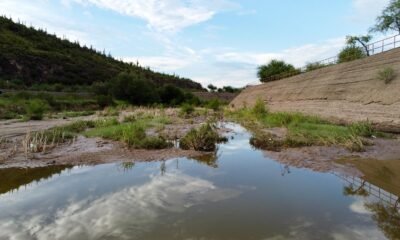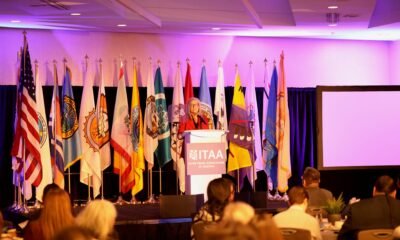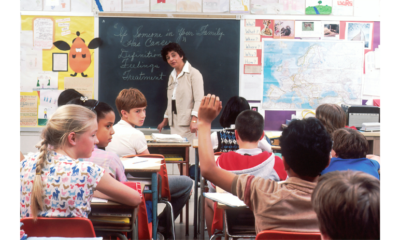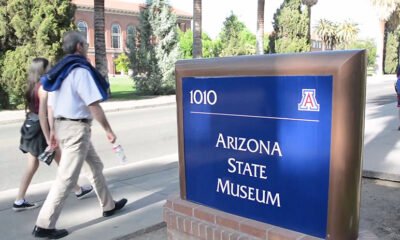Business
Funding Standoff Halts Federal Initiative Tackling Diabetes Among Arizona’s Native Americans
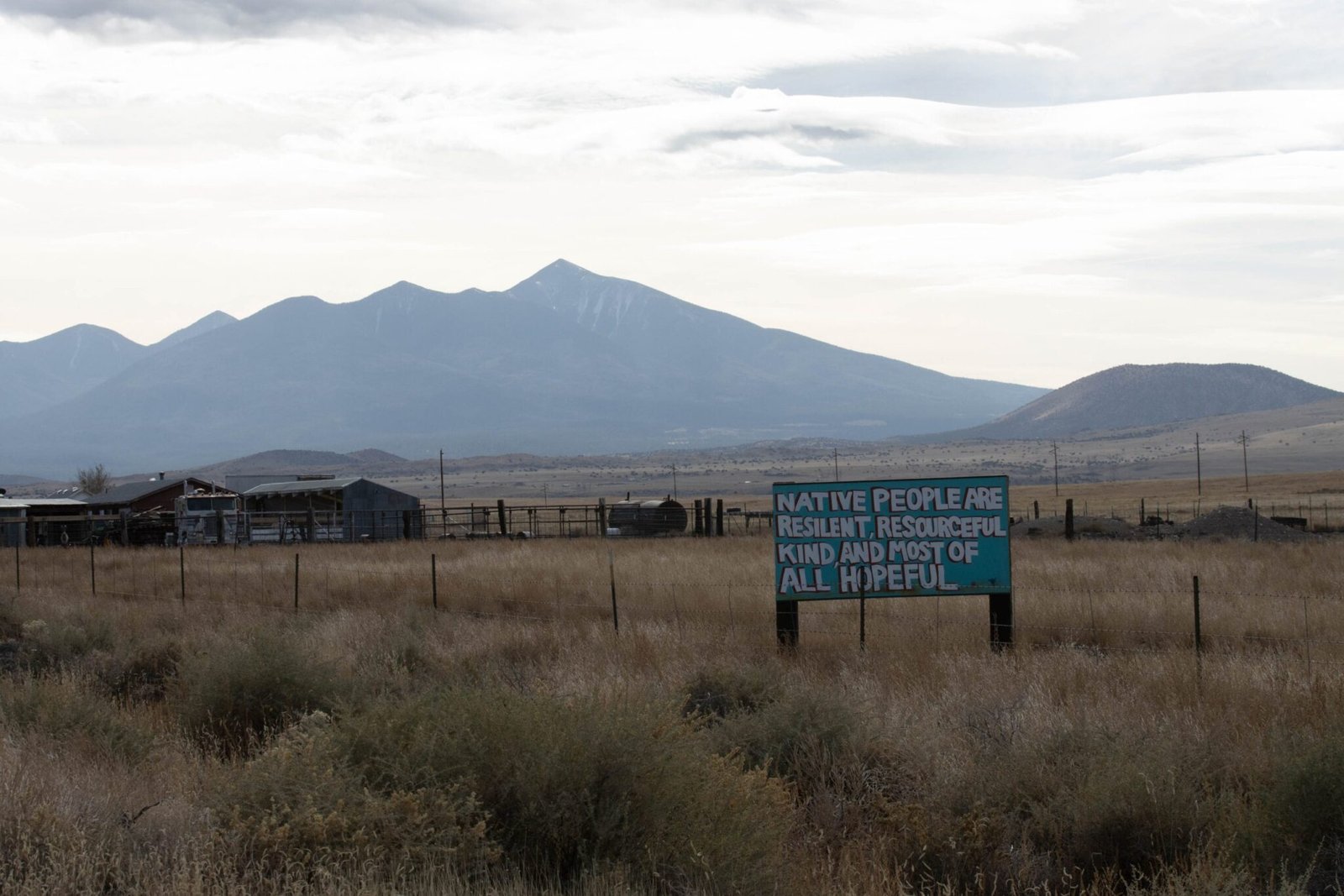
WASHINGTON – As the year draws to a close, federal funding for a critical program aimed at combating diabetes among Native Americans inches toward expiration. With Congressional action pending, frustrations mount among healthcare providers and patients reliant on the initiative.
Diabetes disproportionately impacts Indigenous populations, with 27% of Native American adults in Arizona facing the diagnosis—significantly higher than the 10% among White adults, according to 2021 statistics from the Center for the Future of Arizona.
“Failure to renew the program would devastate many tribal communities and hinder public health efforts,” stated Caitrin McCarron Shuy, director of government relations at the National Indian Health Board. This organization advocates for tribal governments’ interests in health policies.
Research from the Indian Health Service reveals the only documented decrease in diabetes rates among American Indian and Alaska Native communities from 2013 to 2017—dropping by 5%. This encouraging trend follows decades of rising diabetes rates since the 1970s.
The Special Diabetes Program for Indians, initiated in 1997 with bipartisan support, is credited with this positive shift. Since 2004, it has allocated $150 million annually to tribal diabetes programs, although this funding has not kept pace with inflation, eroding its value by about 40%. Consequently, the NIHB has called for an increase to $250 million annually.
“The outcomes from this program have been remarkable,” remarked Carmen Hardin, who directs the diabetes treatment and prevention division of the Indian Health Service. However, she warns, “Without adequate funding, it is the Native populations that will ultimately bear the brunt of the impact.”
Despite multiple inquiries, aides to House Speaker Mike Johnson, R-Louisiana, did not comment on the program’s stalling status. In Arizona, 27 programs secured $32.5 million this year, accounting for 22% of total national funding.
Most recipients in Arizona are tribal programs that rely heavily on federal funding. A few, like the San Carlos Apache Healthcare Corporation, offer broader health services and can tap additional funding streams.
These programs focus on treatment, prevention, education, nutrition, and promoting physical activity among community members.
The last comprehensive renewal of the program by Congress occurred in 2004, extending through 2017. Since then, the initiative has relied on several short-term extensions, with the latest maintaining support only until the end of December.
“Our objective is to secure long-term funding, not just short-term fixes,” emphasized Rep. Diana DeGette, D-Colorado, chair of the bipartisan House Diabetes Caucus. She described short-term extensions as detrimental to both program management and patient care.
Darin Prescott, deputy director of the IHS Division of Diabetes Treatment and Prevention, highlighted the challenges caused by staff turnover at rural diabetes programs, exacerbated by uncertain funding.
Winn Davis, congressional relations director at the National Indian Health Board, advocated for a stable, long-term extension, asserting it should be an easy decision. He noted that keeping patients healthy can save $88,000 per individual, preventing severe health complications associated with Type 2 diabetes.
Hardin echoed this sentiment, stating, “It’s challenging to operate effectively with only one-year reauthorizations. While we aim to work with whatever Congress provides, we certainly seek more substantial funding.”
